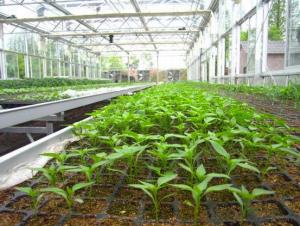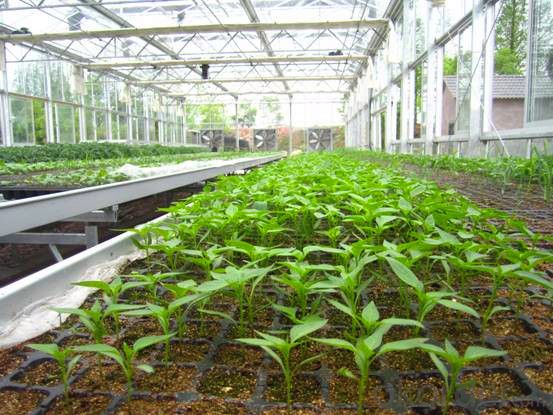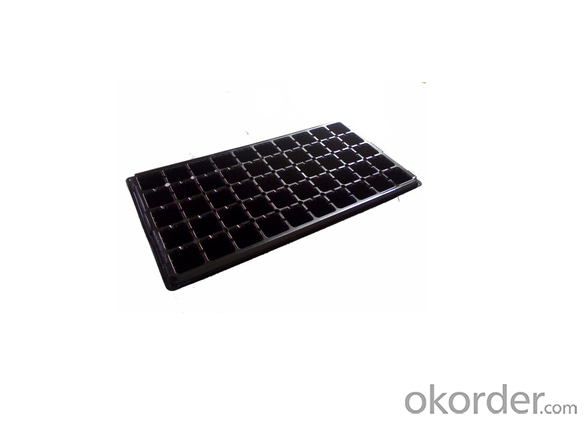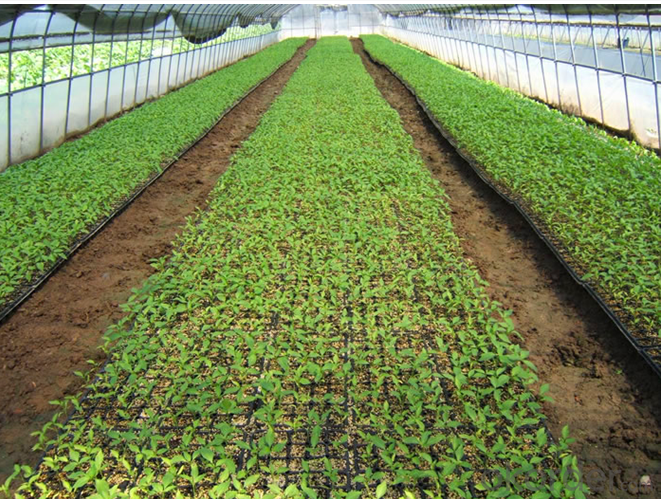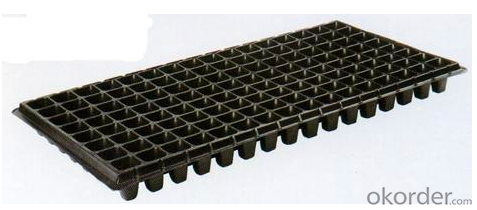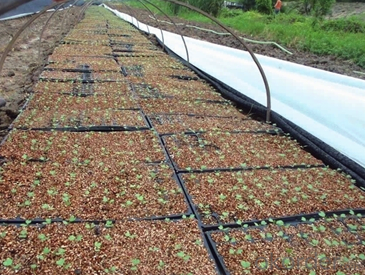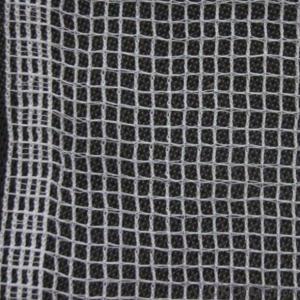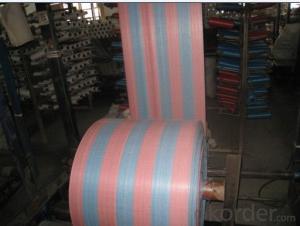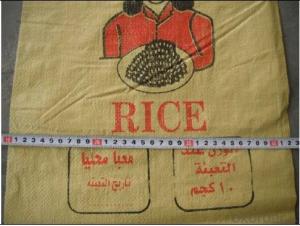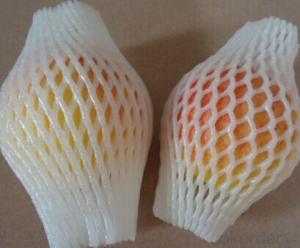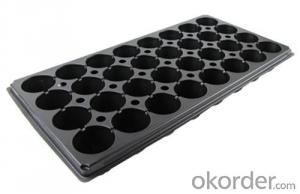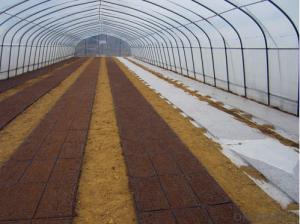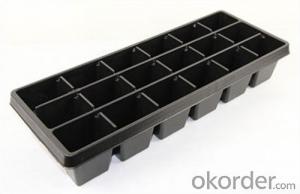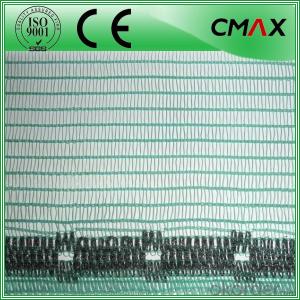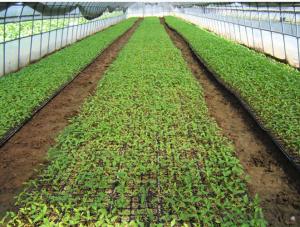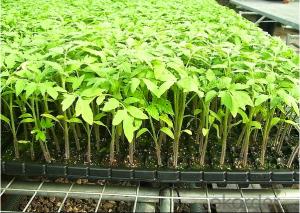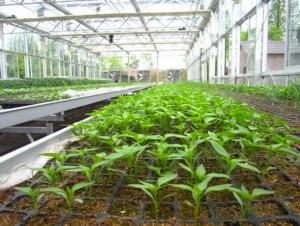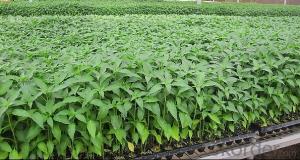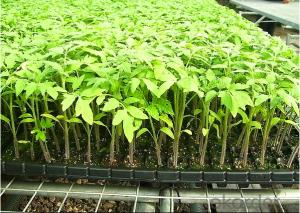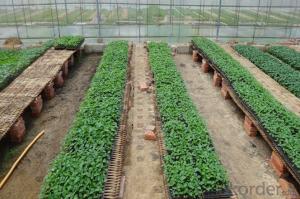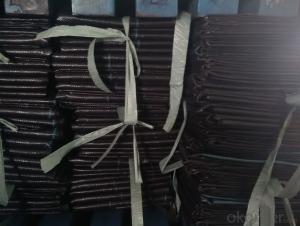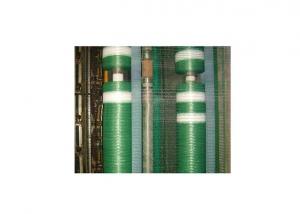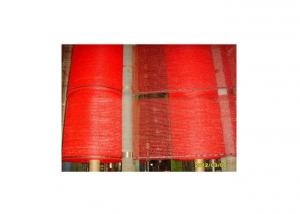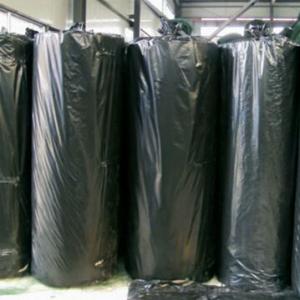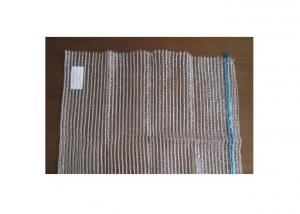Greenhouse Usage Flat Tray Plug Trays HIPS Made Plastic (Growing and Seedling)
- Loading Port:
- China main port
- Payment Terms:
- TT OR LC
- Min Order Qty:
- 3000 pc
- Supply Capability:
- 50000 pc/month
OKorder Service Pledge
OKorder Financial Service
You Might Also Like
Brief Introduction to CNBM:
CNBM International Corporation (CNBM International) is the most important trading platform of CNBM Group Corporation, a state-owned company under the direct supervision of State-owned Assets Supervision and Administration Commission of the State Council.
CNBM International is highly recognized by its business partners and clients all over the world and has obtained rapid development under the spirit of win-win. We will carry on the mutual beneficial, innovative and revolutionary trading structure as we did before, create value for our employees, share holders and clients and benefit the whole society in our future development.
Features of Plug Trays (Growing and Seedling) HIPS Made Plastic Plug Tray for Greenhouse:
· Material: HIPS
· Thickness: 0.5mm-1.5mm, Standard:1mm
· Weight: 80g(±5)g-230g(±5)g, Standard weight:155g(±5)g
· Size: length:490mm-540mm, width:190mm-345mm,depth:25mm-150mm
· Standard:540mmX280mm
· Cell count: 18-512
· Package: In Carton
· Warrenty: 8-10 times
Picture:
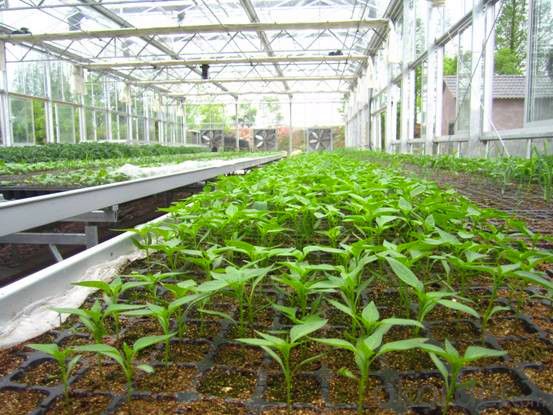
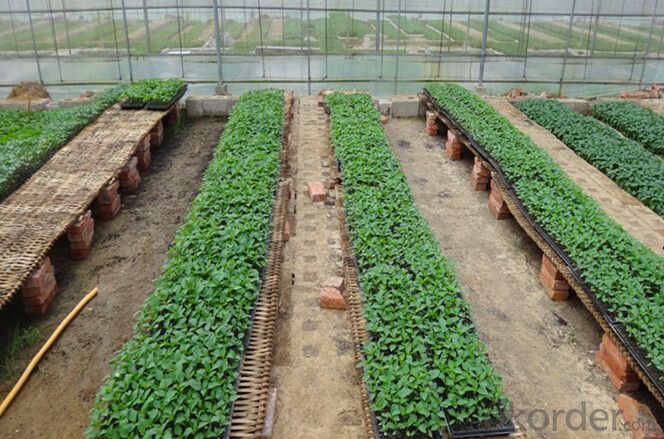
Specification of Plug Trays (Growing and Seedling) HIPS Made Plastic Plug Tray for Greenhouse:
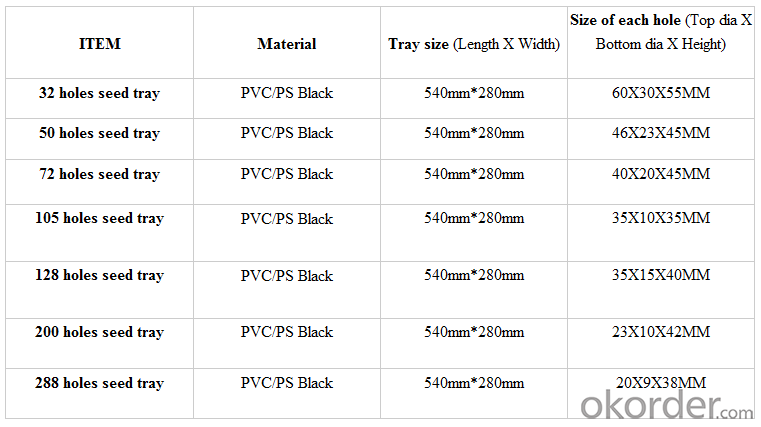
FAQ of Plug Trays (Growing and Seedling) HIPS Made Plastic Plug Tray for Greenhouse:
Q:1.How many times can the seed tray be used?
A: Under the same environment, it is decided by the thickness. Usually 0.6mm thickness can be used for 1 or 2 times.
1.0 thickness can be used for 3-4 times. 1.5 thickness can be used for 8-10 times.
Q: 2.How long is the production time?
A: Usually one to two weeks.
Q: 3.How is the seed tray being packaged?
A: They can be packaged in carton or pallets. Carton size is 1375px*725px*1250px.
- Q: What are the different types of agricultural plastic gloves and protective gear?
- There are several types of agricultural plastic gloves and protective gear available in the market. Some common examples include disposable nitrile gloves, which offer excellent chemical resistance and are suitable for handling pesticides and fertilizers. There are also heavy-duty PVC or rubber gloves that provide better protection against cuts, punctures, and abrasions. Additionally, farmers can opt for arm sleeves, aprons, or coveralls made from durable and waterproof materials to shield themselves from dirt, chemicals, and other agricultural hazards.
- Q: Can nursery trays be used for flower seedlings?
- Yes, nursery trays can definitely be used for flower seedlings. These trays are specifically designed to provide the ideal conditions for seedlings to grow, including proper drainage, aeration, and sufficient space for roots to develop. They are cost-effective and convenient for starting flower seedlings, making them a popular choice among gardeners and horticulturists.
- Q: Can nursery trays be used for starting bulbous herbs?
- Yes, nursery trays can be used for starting bulbous herbs. The trays provide a suitable environment for germination and early growth of bulbous herbs, allowing for proper root development before transplanting them into individual pots or the garden.
- Q: What are the best ground cover plants for sun?
- Some of the best ground cover plants for sun include creeping thyme, sedum, and creeping phlox. These plants are low-maintenance, drought-tolerant, and provide attractive coverage for sunny areas.
- Q: How long do plants typically stay in a nursery tray before being transplanted?
- Plants typically stay in a nursery tray for around 6-8 weeks before being transplanted.
- Q: How do you prepare the soil for ground cover planting?
- To prepare the soil for ground cover planting, start by removing any weeds or existing vegetation from the area. Then, loosen the soil using a garden fork or tiller, ensuring it is well-drained and free from clumps. Next, amend the soil with organic matter such as compost or aged manure to improve fertility and moisture retention. Finally, level the soil and remove any rocks or debris before planting the ground cover.
- Q: What are the best ground cover plants for clayey soil?
- Some of the best ground cover plants for clayey soil include creeping thyme, creeping phlox, creeping juniper, ajuga, and sedum. These plants are able to thrive in clayey soil due to their adaptability and ability to tolerate poor drainage. They also provide excellent coverage and help control soil erosion.
- Q: What rules or laws govern the disposal of plastic waste from agricultural activities?
- <p>Yes, there are regulations on the disposal of agricultural plastic waste. These regulations vary by country and region but generally aim to reduce environmental pollution and promote sustainable practices. In the European Union, for example, the Directive 94/62/EC on packaging and packaging waste includes plastic used in agriculture. In the United States, the Environmental Protection Agency (EPA) provides guidelines for managing agricultural plastic waste. Many countries also have specific rules for the collection, recycling, and disposal of plastic waste, including the use of designated recycling programs and bans on landfilling certain types of plastic. Compliance with these regulations is crucial to prevent soil and water contamination and to protect ecosystems.</p>
- Q: Can ground cover plants be used to attract beneficial insects like ladybugs or lacewings?
- Yes, ground cover plants can indeed be used to attract beneficial insects such as ladybugs or lacewings. These plants provide shelter, food, and habitat for these beneficial insects, which in turn help control pests in the garden.
- Q: Can ground cover be used to create a natural play area for children?
- Yes, ground cover can be used to create a natural play area for children. Ground covers such as grass, wood chips, rubber mulch, or even natural materials like sand or gravel can make the play area safer and more enjoyable for children. These ground covers provide cushioning and protection from falls, while also blending with the natural surroundings. Additionally, ground cover can help prevent soil erosion and promote a cleaner and more sustainable play environment.
Send your message to us
Greenhouse Usage Flat Tray Plug Trays HIPS Made Plastic (Growing and Seedling)
- Loading Port:
- China main port
- Payment Terms:
- TT OR LC
- Min Order Qty:
- 3000 pc
- Supply Capability:
- 50000 pc/month
OKorder Service Pledge
OKorder Financial Service
Similar products
Hot products
Hot Searches
Related keywords
